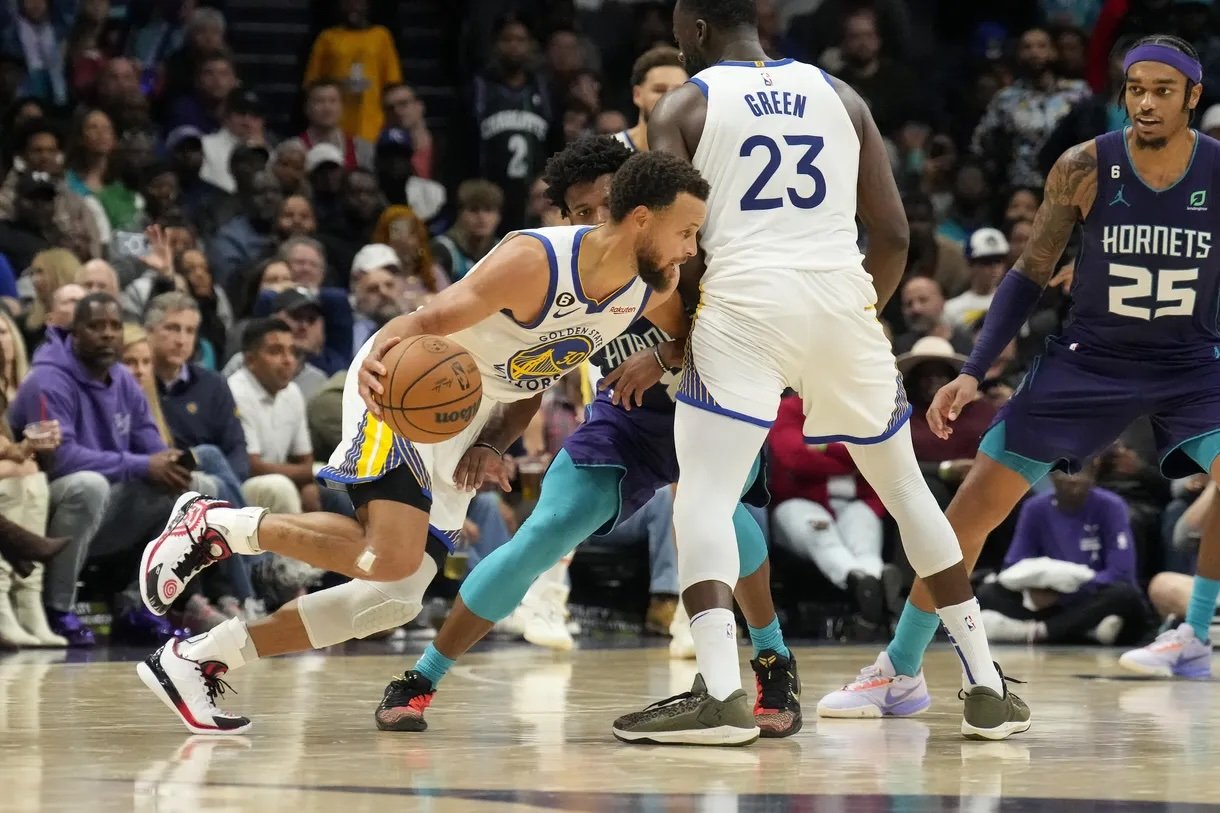Carbon Fibre Basketball Shoes and Calf Injuries: A Closer Look at Tyrese Haliburton’s Signature Shoe and My Experience
As a podiatrist and basketball enthusiast, I’ve been paying close attention to the biomechanics of modern basketball footwear—particularly the role of full-length carbon fibre plates. This week, I experienced a sharp strain in my left calf during warmups while wearing the latest Adidas basketball shoe (Anthony Edwards AE1) with full-length carbon fibre. Coincidentally, NBA star Tyrese Haliburton is currently facing a critical playoff setback due to a right calf strain—ironically while wearing his own signature model that features similar carbon plating.
Could there be a link between the shoe structure and increased muscular strain?
Tyrese Haliburton signature shoe Hali 1’ Puma
Adidas AE1’s
The Footwear in Question
1. Tyrese Haliburton’s Signature Shoe (see Image 1)
This model from Puma features a visible midfoot carbon fibre shank and a rigid plate system throughout the sole. It's designed to provide torsional stiffness and maximum energy return during quick cuts and jumps.
2. Adidas Basketball Shoe I Wore (see Image 2)
This shoe incorporates a full-length carbon-infused plate embedded within a firm midsole carrier, clearly visible through the translucent outsole. It’s promoted for elite performance through propulsion mechanics and arch support.
The Injury Events: Personal and Professional Parallels
My Calf Strain: During light warm-up drills before the game, I felt acute tension and cramping in my left medial gastrocnemius (calf muscle). I had not significantly altered my activity load, and my hydration/nutrition status was adequate. The strain limited my ability to accelerate and jump for the remainder of the game.
Tyrese Haliburton’s Right Calf Strain: As reported on June 17, 2025 (Image 3), Haliburton experienced a right calf strain severe enough to warrant MRI imaging, casting doubt over his continued playoff participation. While no official correlation has been made with his footwear, his signature shoes are known to integrate full-length carbon elements.
Biomechanical Insights: Are Carbon Fibre Plates Overloading the Calf?
Recent research suggests that carbon-infused soles can significantly alter lower limb joint mechanics. Increased stiffness in the midsole restricts ankle dorsiflexion and may shift propulsion demand proximally, particularly toward the soleus and gastrocnemius complex (Mcleod et al., 2020). This shift can lead to compensatory overuse or strain of the posterior chain—especially in high-intensity settings like basketball.
A study by Healey and Hoogkamer (2021) further supports the idea that high-stiffness shoes, while beneficial for energy return, can exacerbate fatigue and muscle load in athletes who are not biomechanically adapted to the altered force distribution.
Clinical Considerations for Athletes and Clinicians
Adaptation Period: Athletes transitioning to high-stiffness footwear should be provided with a gradual loading plan.
Footwear Screening: Clinicians should assess footwear history in patients presenting with unexplained calf or posterior leg pain.
Muscle Conditioning: Strengthening and mobility programs should specifically target the gastrocnemius-soleus complex in athletes using carbon-plated shoes.
Footwear Design Feedback: Shoe manufacturers must consider variability in athlete biomechanics and the risk of muscle strain when engineering performance gear.
Conclusion
While carbon fibre plates enhance court responsiveness, they may also increase strain risk for the posterior lower limb, especially in athletes without appropriate muscular adaptation. Whether Tyrese Haliburton’s injury is directly linked to his signature shoe is yet to be confirmed, but both his experience and mine raise important questions about footwear innovation, safety, and injury prevention in basketball.
Extra information
Why dorsiflexion (not plantarflexion) is limited in stiff carbon fibre shoes:
Dorsiflexion is the movement where the ankle bends so the toes move upward toward the shin (e.g. during the loading and mid-stance phase of walking or landing).
Shoes with stiff carbon plates—especially full-length ones—reduce the ability of the shoe to flex at the forefoot and midfoot, which indirectly limits how much the ankle can move into dorsiflexion during gait or athletic motion.
When you wear basketball shoes with a carbon fibre plate built into the sole, they’re stiffer than regular shoes. That stiffness changes how your foot and ankle move—especially during running, jumping, and landing.
One key movement that’s affected is dorsiflexion, which is when your ankle bends so your toes move upward toward your shin (like when you're squatting or landing from a jump). The stiff sole limits this upward bending motion.
Because your ankle can’t bend as freely, your body has to make up for it somewhere else. The workload shifts to your calf muscles, particularly the ones at the back of your leg (gastrocnemius and soleus). These muscles have to work harder to push off the ground and absorb impact—something your ankle would normally help with.
So what happens?
Your calves are overloaded
You feel tightness or fatigue quicker
And in some cases, like mine and possibly Tyrese Haliburton’s, you might even strain the muscle
Put simply:
The stiff carbon plate in the shoe limits how much your ankle can move upward. That forces your calf muscles to do more of the work, which can lead to pain, tightness, or even injury—especially if your body isn't used to it.
Point Guard Stephen Curry - Golden State Warriors - Left foot dorsiflexion prior to plantarflexion (push-off).



